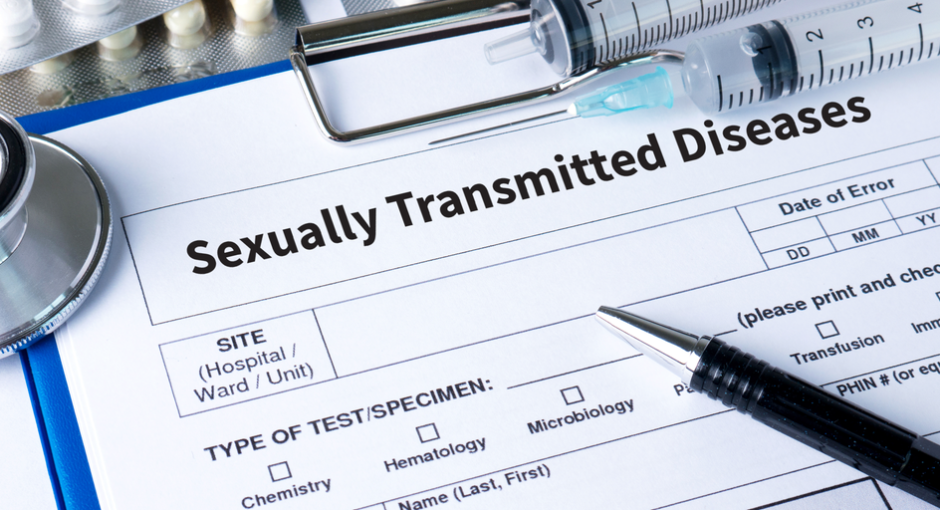News this week that sexually transmitted disease (STD) reported cases in the U.S. reached all-time highs for the sixth straight year shows why STD clinic access to 340B drug discounts is vital, state and local STD program directors say.
New data published April 13 by U.S. Centers for Disease Control and Prevention found more than 2.5 million combined cases of chlamydia, gonorrhea, and syphilis reported in the U.S. in 2019, a nearly 30% increase in these STDs from 2015. “Preliminary 2020 data suggest that many of these concerning trends continued in 2020, when much of the country experienced major disruptions to STD testing and treatment services due to the COVID-19 pandemic,” CDC said in a news release.
The sharpest increase was in cases of syphilis among newborns, which nearly quadrupled between 2015 and 2019 (from 492 reported cased to 1,870). Racial and ethnic minority groups, gay and bisexual men, and people aged 15-24 years also were hit hard by STDs.
STD rates for African American or Black people were five to eight times that of non-Hispanic white people. Rates were three to five times greater for American Indian, Alaska Native, Native Hawaiian, or other Pacific Islander people, and were one to two times greater for Hispanic or Latino people.
Gay and bisexual men made up nearly half of all 2019 primary and secondary syphilis cases. Gonorrhea rates were 42 times that of heterosexual men in some areas. People aged 15-24 years made up 61% of chlamydia cases and 42% of gonorrhea cases.
“The 340B drug pricing program remains a crucial tool for STD clinics and Section 318 grantees across the country to address the rising STD epidemic,” said Kassy Keen, senior manager, policy and health systems, at the National Coalition of STD Directors (NCSD). “340B savings and revenue stretch scarce federal resources as far as they can go while expanding access to quality and affordable sexual health care, particularly amongst communities of color and marginalized populations. NCSD continues to support STD programs across the country, building 340B program capacity, and addressing STD health disparities.”


